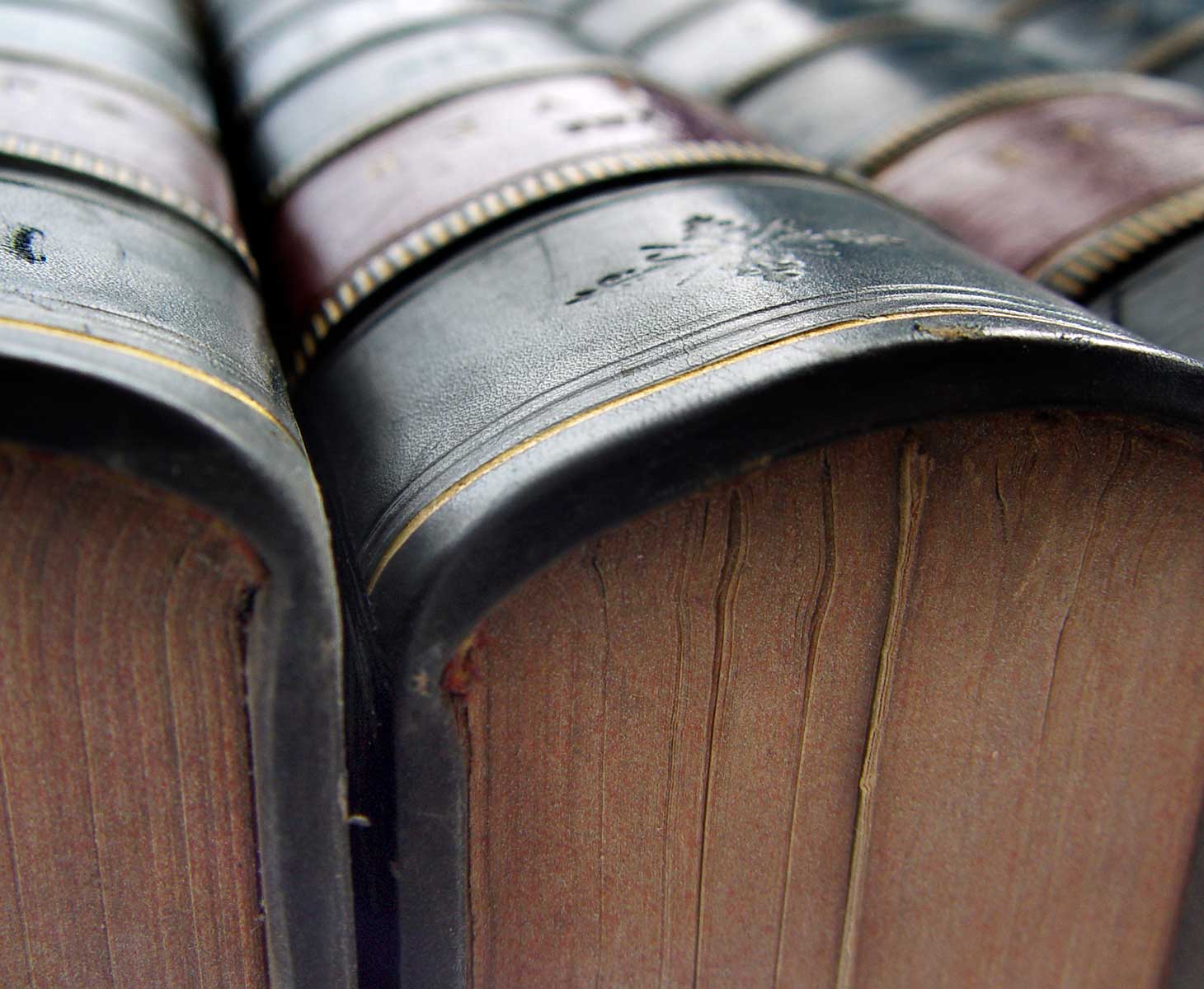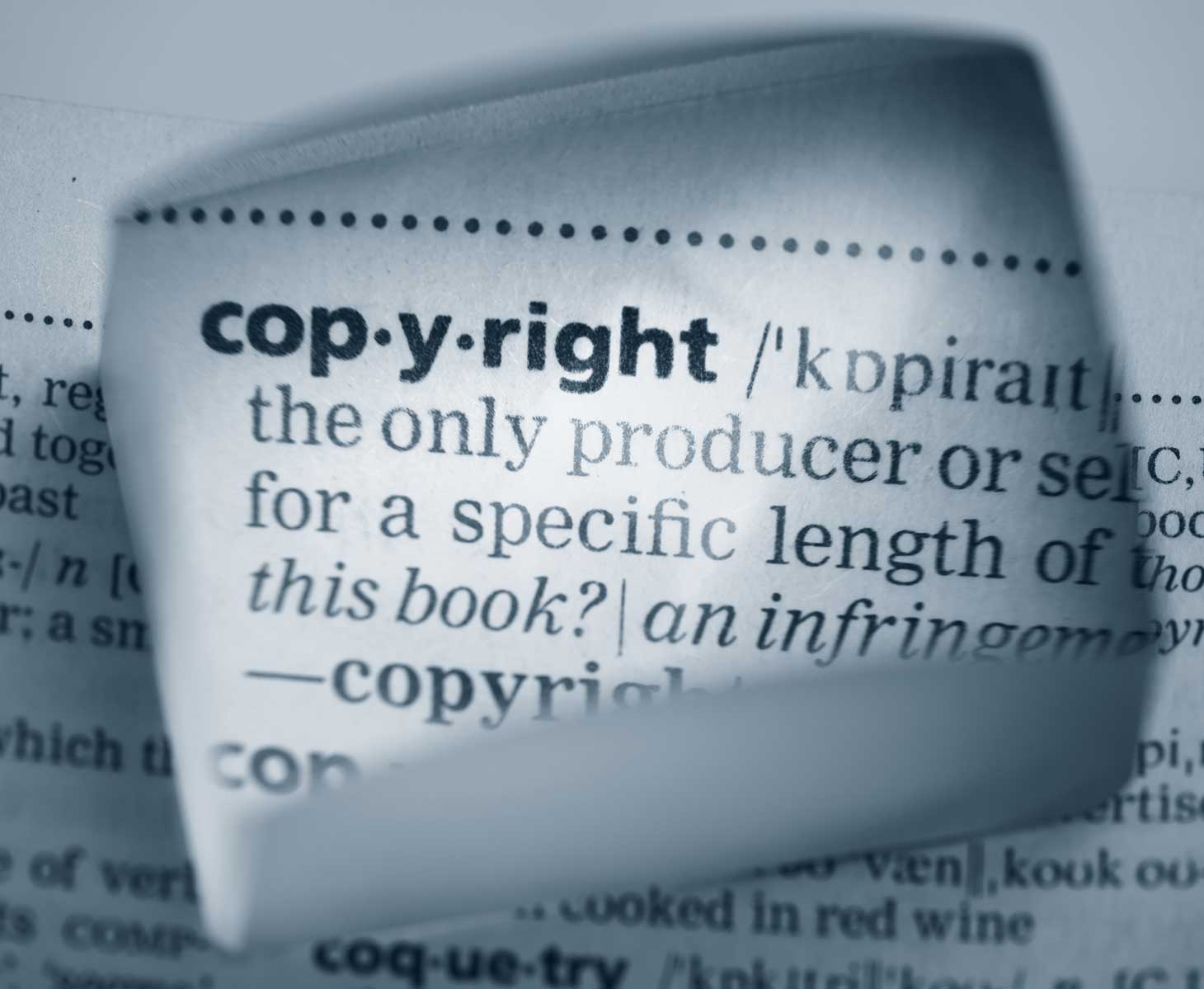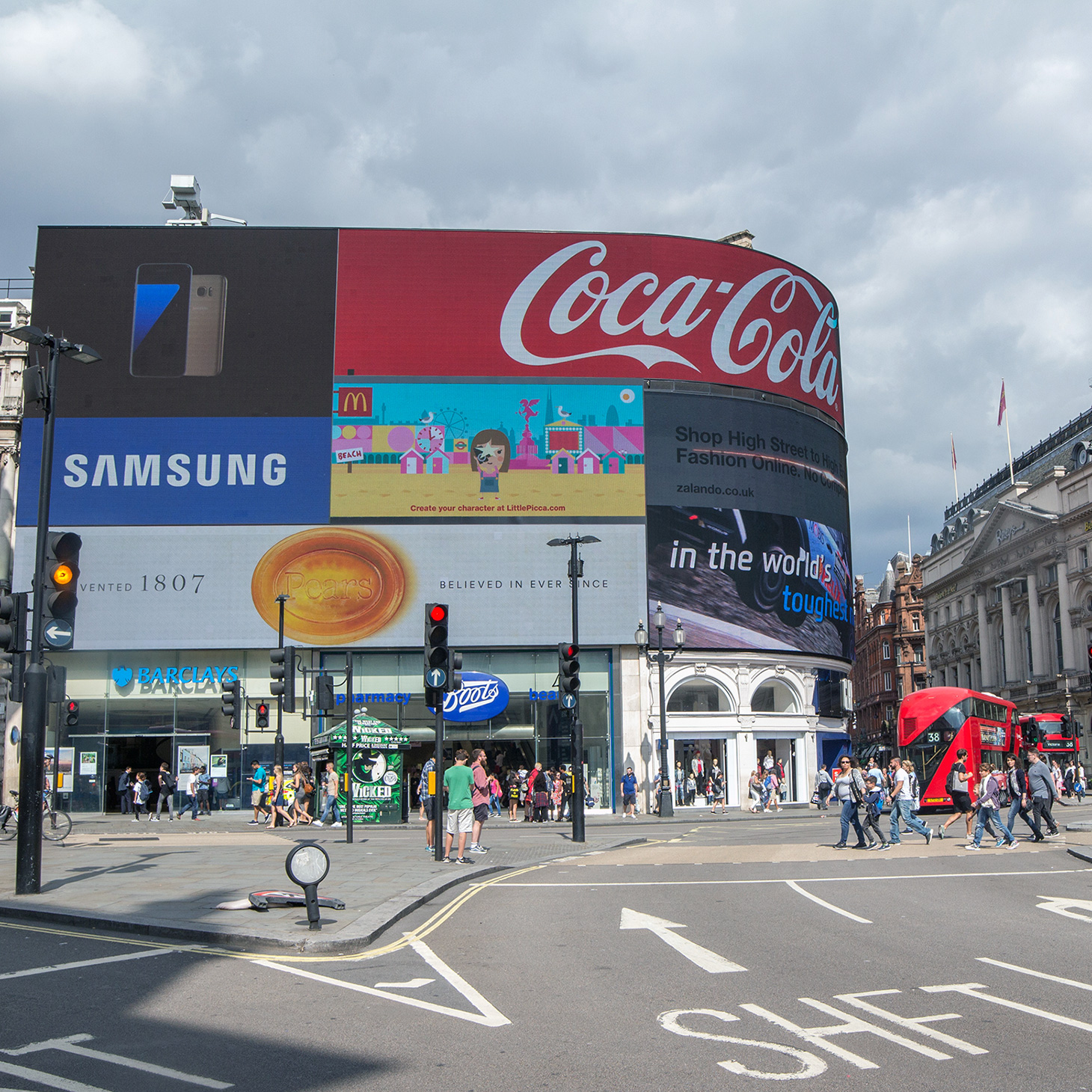To ensure a relaxed yet efficient relationship with our Clients, we set out below our
Terms of Business. Your understanding and observance of them will help the
relationship to be successful. All professional work we carry out will be in accordance with these terms, which supersede and replace any previous terms we may have sent you.
1. Bromhead Johnson LLP is a limited liability partnership incorporated and registered in England & Wales under the Limited Liability Partnerships Act 2000 with registered number OC430876. Because the business of Bromhead Johnson LLP was previously carried on through a traditional partnership, we refer to its members as partners, even though in law they are members and not partners. A list of the names of the partners is available at the registered office. A limited liability partnership has a legal identity separate from that of its members, partners, consultants and employees, all of whom act as its agents.
2. Bromhead Johnson LLP has legal responsibility for all work that its members, partners, consultants and employees carry out on its behalf. No individual member, partner, consultant or employee of Bromhead Johnson LLP contracts with you personally or assumes legal responsibility to you personally in respect of the work properly performed on behalf of Bromhead Johnson LLP. All communications sent to you during the course of our work (whether signed by a member, partner, consultant or employee) are to be treated as sent on behalf of Bromhead Johnson LLP. You agree that you shall not make any claim (whether in contract, tort, under statute or otherwise) against any individual member, partner, consultant or employee of Bromhead Johnson LLP personally. The members, partners, consultants and employees of Bromhead Johnson LLP shall be entitled to rely on these terms insofar as they limit their personal liability, but otherwise the provisions of the Contracts (Rights of Third Parties) Act 1999 are excluded.
3. Bromhead Johnson LLP shall not be liable to you for (1) any loss or damage that arises from any breach by you of your agreement with us or for any failure to follow our advice; (2) any act or omission of, or advice or opinion that is given to you by, any third party even if that third party was nominated, recommended or instructed by us; (3) any indirect, consequential, special or exemplary loss or damage (including lost profits or opportunities) arising in any circumstances whatsoever (including but not limited to our own negligence or non-performance).
4. The aggregate liability of Bromhead Johnson LLP, and all of its members, partners, consultants and employees, for any loss or damage arising from or in connection with any service we have provided or failed to provide under these terms whether in contract, tort, statute or otherwise and however caused (including but not limited to our own negligence or non-performance) shall be limited to £10 million. Nothing in these terms will apply to the extent that the law or our professional rules prohibit us from excluding or limiting our liability to you in respect of a particular matter, and nothing in these terms exempts us from, or limits our liability for, fraud, reckless disregard of our professional duties or for our own negligence which results in death or personal injury.
5. We welcome work from both new and existing clients. Nonetheless, we reserve
the right to decline to accept work, and may have to do so, for example, if a conflict of interests with another client will arise. All information received by us and not already in the public domain will be kept confidential until such time as it enters the public domain (e.g. when a patent application is published). This does not preclude us delegating work to another qualified patent attorney or trade mark attorney or his/her firm to act in regard to any matter.
6. We rely on clients to give us timely, complete, and accurate information and
instructions. Intellectual Property Offices often impose time limits. We accept no liability if you do not provide clear and complete instructions early enough for us to act within official time limits. We will normally tell you of time limits, and of actions or instructions that are required, but we do not undertake to give reminders.
7. We require you to notify us promptly of any change of personnel or address, or
of any change in ownership of rights. Many such changes have to be officially registered. Also, please remember that the obtaining of patents, trade marks and design rights can take many years.
8. We require you to confirm all oral instructions in writing.
9. If requested we will give approximations of future costs. They will be given in
good faith based on knowledge existing at the time, but they are not binding as costs
may be affected by matters beyond our control, and the amount of work likely to be
involved often cannot be accurately forecast.
10 All actions and attention provided by us are chargeable. These include telephone
calls, reminders and reporting on communications that we may receive as your
agent/attorney or as an official Address for Service. The charging basis we generally
adopt is a combination of (i) time charges, (ii) standard charges for particular kinds of work, and (iii) costs including disbursements and official fees. Overseas disbursements charged to us are converted to sterling with an on-cost factor inter alia to accommodate administrative costs and potentially unfavourable currency fluctuations. We make no payments to third parties for the referral of business to the firm. We often have reciprocity arrangements with attorneys in foreign jurisdictions.
11. Where applications for foreign rights are filed, official communications are likely to issue. Our foreign associates will normally make a charge for reporting, and, where not in English, translating these. You agree to meet such charges in the absence of explicit contrary instructions. You must therefore let us know immediately if do not wish to continue with any application.
12. We may require payment on account, particularly in respect of large items such
as fees and expenses to be incurred in foreign filings and actions. Such advance payments are client money and will be held in a client account separate from the firm’s operating accounts until the work is completed. However, where such payment relates to an invoice in respect of fixed fees and/or disbursements, we may deal with such monies in our business account (although we will of course return relevant monies to you if work paid for in advance is not carried out).
13. We are entitled to any interest earned on client money.
14. Our invoices are payable in full, free from bank charges or any other deductions, within the period stated on the invoice or, if no period is stated, by return. We are entitled to charge interest at Barclays Bank base rate on any overdue account.
15. Where there is a net credit on your account we shall endeavour to return it to you promptly unless you agree otherwise. If we are unable to do so after six years we may retain the credit.
16. Credits on your account may be offset against debts.
17. Our instructions will end automatically once we have completed the work we agreed to do for you. You may also end your instructions to us in writing at any time. We may decide to stop acting for you with good reason and will tell you that we are doing so. This might include (1) if you do not pay a bill in due time or provide funds on account when requested (2) there is a breakdown of trust and confidence between us (3) you are abusive to any of our members, partners, consultants or employees (4) you do not give us reasonable, clear or proper instructions (5) there is a conflict of interest. If you or we decide that we should stop acting for you, we will require you to pay expenses we have already paid on your behalf and our reasonable fees for the work we have done. It is important to note that if we stop acting for you, rights may be lost.
18. Unless some other arrangement is specifically agreed, in advance, in writing by
us, the organisation or person who gives us instructions will be regarded as responsible for payment.
19. Our files may be kept in electronic form and may be destroyed when no longer current. Please therefore tell us if you require the return of any papers or other materials you supplied to us. We reserve the right to retain any papers, certificates and materials until all payments due to us have been made. Our own files remain our property. If work is transferred from us to another representative, the files remain with us; access to them (and, if appropriate, copies of papers from them) will be provided, subject to a charge for the work involved. If files are transferred to us from another representative, we recommend that we check key data against the contents of the files and/or public records and we may charge for such checking. If you do not wish us to carry out such checks, we will not be liable for any errors contained in the files as received by us or for any losses incurred as a result of any such errors.
20. We may carry out searches on your behalf ourselves, or obtain them from a Patent Office or private searching organisation. Searches cannot be guaranteed for completeness or accuracy due to the limitations and occasional errors in databases, public records, classifications and indices. When reporting search results we will endeavour to point out any particular limitations.
21. Written communications between you and us will be either delivered by hand, sent by first class post or sent by electronic means which is capable of printing a hard-copy (such as e-mail). Communications received by us by electronic means are deemed to have been received at the following time:
Actual time of receipt Deemed time of receipt
Before 09:00 UK time on a working day 10:00 that day
09:00 to 17:00 UK time on a working day Actual time of receipt
After 17:00 or on a non-working day 10:00 on the next working day
In the event of a difference between the time of transmission specified and the time of receipt recorded on our receiving equipment, the latter will be deemed the time of receipt. In the absence of positive acknowledgement of receipt of a communication by us in a form that is readable by us, it should not be assumed to have been so received.
22. Communications between UK/European Patent Attorneys and their clients and communications between UK Trade Mark Attorneys and their clients are privileged under UK law/European Patent Convention. Thus, where such communications comprise professional advice they generally do not have to be disclosed to the courts or to others. This privilege can be lost if the contents of a letter or other document are disclosed to persons other than the addressee. In the rare event that a court rules that privilege is lost or does not apply, we are in no way liable for any loss incurred by you or another party as a direct or indirect result.
23. If we are aware of an active dispute between you and another client, we will not act for or against the other client without written consent from both you and the other client. However, we are not prevented from acting for any client merely because they are your competitor.
24. As we always try to provide an excellent professional service to all our clients, we do need to know if you are at any time dissatisfied with the service you have received from us. Complaints should be sent in writing, within six months of the matter occurring, to the responsible partner or consultant. For matters relating to renewals the responsible partner is Dr Michael Spencer. The written complaint should indicate that it is a formal complaint and give full details of the work undertaken and why it was unsatisfactory. The responsible partner or consultant will consider the written complaint and issue a written decision stating with reasons whether, in his or her opinion, the complaint is well founded. In that event he or she will offer compensation, such as a waiver of fees charged. If, after receiving the decision, you are still dissatisfied, a further complaint should be submitted to a second partner, namely Mr David Crouch, or, if Mr Crouch is the responsible partner, Mr William Hanson. The further complaint should contain observations on the written decision. The second partner will consider the further complaint and issue a further decision stating with reasons whether, in his opinion, the further complaint is well founded. In that event he will offer compensation, or if compensation has already been offered, increased compensation. If, after receiving the further decision, you are still dissatisfied, your complaint relates to poor service, and you are an individual, or a very small business, charity, club or trust, a complaint may be submitted within six months to: The Legal Ombudsman, PO Box 6806, Wolverhampton WV1 9WJ. Email: enquiries@legalombudsman.org.uk. Complaints concerning professional misconduct should be addressed to: IPReg, 20 Little Britain, London EC1A 7DH. Email: ipreg@ipreg.org.uk and must generally be received within 12 months of the matter occurring.
25. No material change to the above terms is valid unless agreed in writing by a
partner.
26. These terms and any dispute between us will be governed by English law and, unless we at our complete discretion elect otherwise, will be subject to the exclusive jurisdiction of the English Courts. Any judgment or order of the English courts (or any judgment or order of the courts of any other jurisdiction in which we may at our complete discretion elect to bring a claim) will be conclusive and binding and may be enforced in the courts of any other jurisdiction.
Bromhead Johnson LLP
April 2021





